Imaging Resource Camera of the Year 2022: Best Pro Cameras & Best Medium-Format Camera
posted Wednesday, January 4, 2023 at 11:00 AM EST

Following yesterday's awards for the Best Camera for Beginners and Best Camera for Enthusiasts, today we're looking at professional-oriented camera models. Typically, we put all "pro" cameras together in a single category, but 2022 was packed to the gills with so many pro cameras across different sensor sizes, we opted to split the awards into Crop-sensor Camera and Full-frame Camera categories. Even after splitting the cameras up, picking winners was very challenging. While it made our task more difficult, it's a good problem to have, as it means that photographers have many fantastic cameras to choose from.
There's a theme throughout this year's "Professional" cameras -- stacked sensors. Not to bury the lede, but four awarded cameras feature new stacked image sensors, ranging from Micro Four Thirds all the way up to full-frame image sensors. Stacked image sensors promise improved speed and performance, and we see that with each stacked sensor camera in our awards. With improved readout speed and more processing power, these speedy cameras deliver unprecedented shooting speeds, reduced rolling shutter with electronic shutters and stellar performance for the most demanding professional photographers.
Alongside our "Professional" camera awards, we are also crowning the best Medium-Format Camera of 2022.
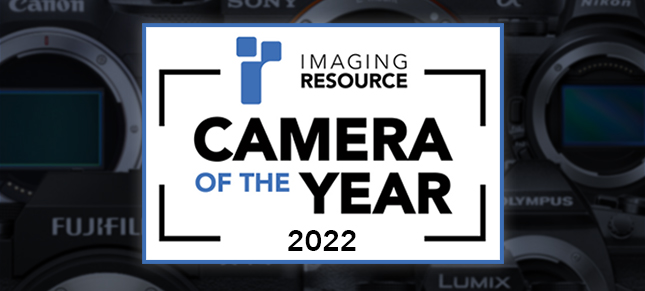
With today's awards, we've wrapped up our Camera of the Year category winners. However, two major awards remain: Camera of the Year - Best Overall and our annual Reader's Choice Award. Check back tomorrow to see our pick for the Best Camera of 2022. If you've yet to vote in our Reader's Choice, there's still time!
Best Professional Crop-sensor Camera: OM System OM-1
The first camera to bear the new OM System branding from the newly-formed OM Digital Solution Corporation (and the last to bear the Olympus branding) burst onto the scene in a big way, bringing a host of technological goodies, new features and upgrades. At first glance, it might look like the E-M1 III, but the body has been refined and improved with better ergonomics and controls and a vastly-improved EVF. The heart of the camera is an all-new 20MP Stacked CMOS sensor, the first of its kind in a Micro Four Thirds camera, which results in not only better image quality (especially at higher ISOs) but also vastly improved speed and performance capabilities. For instance, the OM-1 can shoot up to 50fps with continuous AF!
The camera's AF system is overalled too, and the faster stacked sensor design comes in handy here, too. Speed and precision have been improved, and the camera features an upgraded AI Detection AF system that we first saw with the E-M1X. It's more accurate, faster and can detect a larger variety of subjects. And then there's an array of impressive computational photography modes, handheld high-res shot mode and video recording that includes 4K 60p, 4K RAW via HDMI, and Full HD at 240fps.

The OM-1 is a feature-rich camera and a multimedia powerhouse. The image quality is fantastic, and the speed and AF performance really blew us away. It truly is the most impressive Micro Four Thirds camera yet. The E-M1 III took the trophy for Best Enthusiast Crop-sensor Camera in 2020, and the OM-1 here takes the top spot as the Best Professional Crop-Sensor Camera of 2022. Big things really can come out of a small package, and the OM-1 is proof of that.
More info: Hands-on Review / Gallery / Lab images
Buy now: Adorama, Amazon and B&H
Try before you buy: Lensrentals
Best Professional Crop-sensor Camera, Runner-up: Fujifilm X-H2S
2022 has been an excellent year for Fujifilm. The longtime stalwart in the industry kicked off a busy year at the end of May by announcing the long-awaited successor to the X-H1, the X-H2S. The Fujifilm X-H2S packs a 26.1-megapixel stacked sensor, the company's first stacked sensor. The stacked design delivers excellent readout speed, allowing for incredible 40 frames per second continuous shooting with the camera's impressive electronic shutter.
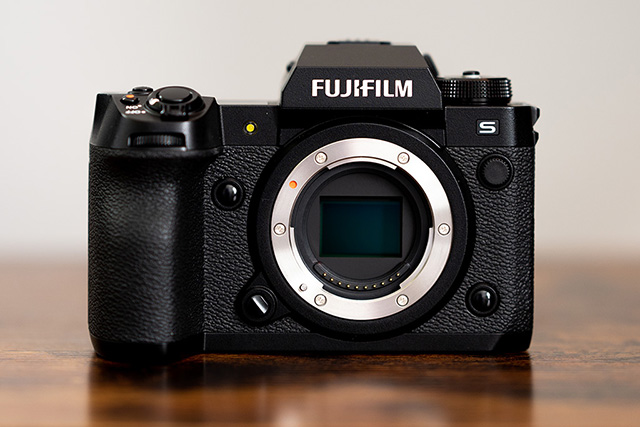
The Fujifilm X-H2S is swift, agile and extremely good across a wide range of situations – it's Fujifilm's most pro-oriented camera yet, at least for shooters demanding the most speed. If you don't need 40 fps and instead would prefer more resolution, well, you can get that with the Fujifilm X-H2, thanks to its 40.2-megapixel (non-stacked) image sensor. The two flagship cameras are identical, save for different image sensors and different prices – the X-H2S is $2,500 whereas the X-H2 is $2,000.
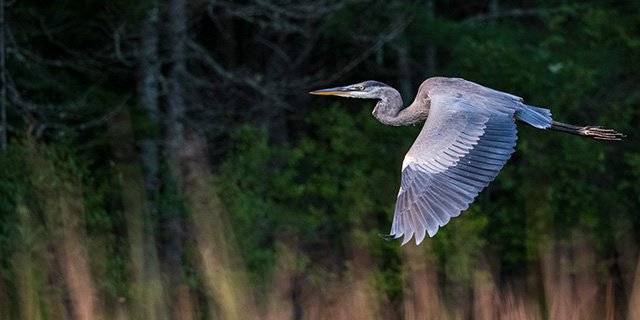
The X-H2S channels the original X-H1's cinematic spirit with impressive video chops, too, including 6.2K/30p, DCI 4K/120p and FHD/240p video modes, plus a full-size HDMI Type A port, Internal Apple ProRes (4:2:2 10-bit), a new F-Log2 mode with expanded dynamic range and much more. For photographers and videographers alike, the Fujifilm X-H2S is a fantastic professional crop-sensor camera.
More info: Hands-on Review / Gallery / Lab images
Buy now: Adorama, Amazon and B&H
Try before you buy: Lensrentals
Best Professional Crop-sensor Camera, Runner-up: Fujifilm X-H2
Given how impressive both of Fujifilm's new X-H-series cameras are, we'd be remiss not to give the high-res X-H2 the nod here, too, as one of the best Professional Crop-Sensor Cameras of the year. Like its speedier "S" sibling, the X-H2 features the same refined ergonomics, familiar controls scheme and excellent durability. What's different is the 40MP high-res X-Trans sensor, which puts it up with the X-T5 as one of the highest-resolution APS-C cameras on the market.
And the results are oh so sweet. The image quality is simply fantastic, with excellent resolution and overall imaging performance in all sorts of shooting situations, even low light. The high-res 40MP sensor and newer processor let you capture some stunning photos with amazing fine detail combined with Fujifilm's wonderful colors. It's not the speediest of cameras, but the burst rates plus a fast and sophisticated autofocus system let this camera get in on the action very easily. It offers up to 15fps (or 20fps with a slight crop), so it's more than capable of handling all but the most intense, fast-paced subjects. The X-H2 shares the same impressive AF system as the X-H2S, including the AI-based subject-detection modes.
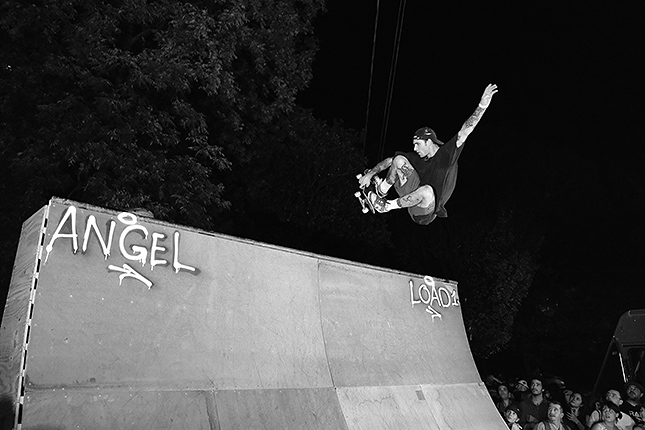
The video features are expansive as well, with 8K 30p (something the X-H2S can't offer), internal Apple ProRes recording, 4K 60p video and much more. It's a real multimedia powerhouse of a camera, and one with an amazing price point of just $2000 body-only. That's an incredible price point for a camera of this caliber. If you're a professional creator or a big-time Fuji fan and need lots of resolving power, the Fujifilm X-H2 is worth a look.
More info: Hands-on Review / Gallery / Lab images
Buy now: Adorama, Amazon and B&H
Try before you buy: Lensrentals
Best Professional Full-frame Camera: Nikon Z9
The Nikon Z9 barely missed our cutoff for the 2021 Camera of the Year Awards. It would've given last year's winner, the Sony A1, a real run for its money. This year, the Nikon Z9 didn't have to face off against the A1, but it did need to go toe-to-toe with the Canon EOS R3 and Sony A7R V. The Nikon Z9 captures some of the best of both of those competing cameras, delivering similar speed as the Canon EOS R3 with a high-resolution 45.7-megapixel full-frame stacked image sensor. No, the Z9 isn't quite as high-res as the 61-megapixel A7R V, but it still offers plenty of detail for many demanding photographers, whether they're in the studio or capturing expansive landscapes.
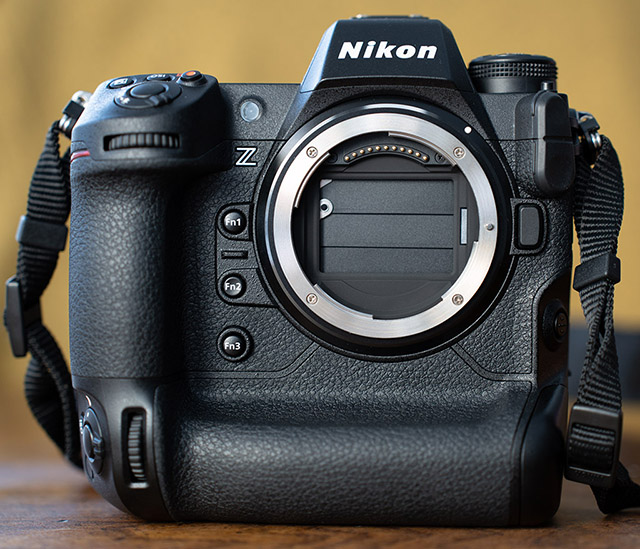
The Z9 shoots at 20 frames per second when shooting full-res raw images, and can even shoot 30 fps (JPEG only) or 120 fps (12MP JPEG only) if you need even more speed. It delivers sophisticated subject detection AF that automatically identifies what type of subject you're photographing and does it all with a completely blackout-free electronic viewfinder. The "Real-Live viewfinder," as Nikon calls it, is among the best. It delivers a bright, large, detailed and natural-looking viewfinder experience that harnesses the incredible "feel" of an optical viewfinder while retaining everything that makes an EVF so great.
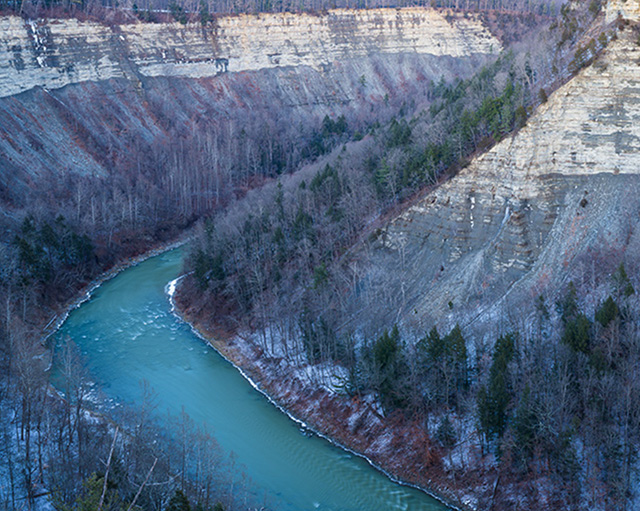
In fact, just about aspect of the Nikon Z9 feels great. The camera is Nikon's best-designed mirrorless camera, with a comfortable dual-gripped design, excellent tilting display, and fantastic controls. The Z9 delivers amazing image quality, autofocus and performance, to boot. It's Nikon's "do-everything" camera, and it does everything extremely well. Nikon went all-in on the stacked image sensor, going so far as to eliminate a mechanical shutter altogether to ensure the blackout-free EVF experience, and the bet paid off. The Nikon Z9 is 2022's Best Professional Full-Frame Camera.
More info: Hands-on Review / Gallery
Buy now: Adorama, Amazon and B&H
Try before you buy: Lensrentals
Best Professional Full-frame Camera, Runner-up: Sony A7R V
Arriving just before the deadline for this year's awards, the much-anticipated Sony A7R V delivers an excellent all-around experience. If you want a new high-res camera, the A7R V is a great choice, delivering fantastic image quality via its 61-megapixel image sensor. While the image sensor isn't new, it's paired with a new second processor plus a new dedicated AI Processing Unit. That's right, the A7R V gets in on the AI craze of 2022.
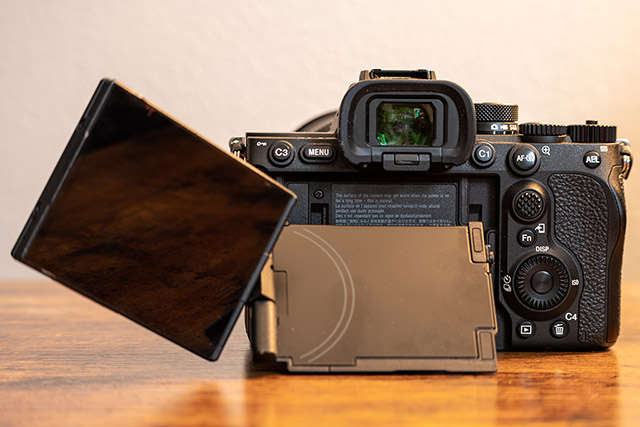
The new autofocus system uses AI to perform expanded and enhanced subject detection and real-time tracking. The resulting performance is impressive, although it is held back slightly by the A7R V's relatively slow 10 fps shooting speed. Even so, the AF is great.
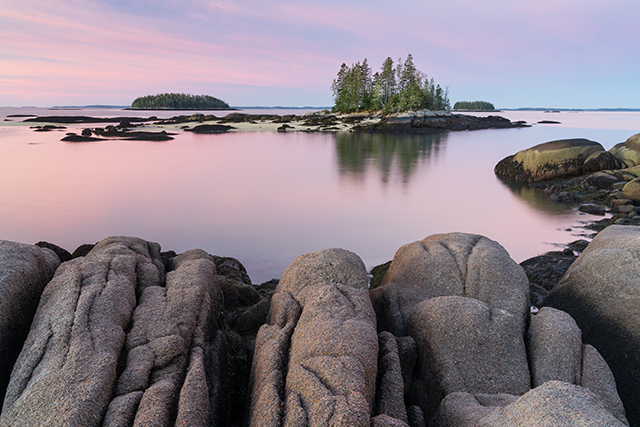
That's not the only improvement included in the A7R V – the camera also adds dual CFexpress Type A card slots for improved buffer depths, a new high-res EVF, a larger rear display with a four-way tilting mechanism and improved video specs and performance, including cropped 8K video. All in all, the Sony A7R V is an outstanding Sony camera that delivers great all-around performance.
More info: Hands-on Review / Gallery / Lab images
Buy now: Adorama, Amazon and B&H
Try before you buy: Lensrentals
Best Professional Full-frame Camera, Runner-up: Canon EOS R3
The Canon EOS R3 is an interesting entry on our list this year, as it technically came out in 2021, but our review sample didn't arrive until much later in the year and after our 2021 COTY deadline. As such, we shifted it into our 2022 Camera of the Year lineup, and the majority of our reviewing of the camera occurred this year.
While Canon refuses to consider the EOS R3 as its "flagship" mirrorless camera, or a "1D-equivalent" of their mirrorless system, it's clear that the Canon R3 is the current top-of-the-line RF-mount camera. Canon has spared no expense putting in all the latest and most impressive technology into this professional-tier full-frame camera. Built from the ground up with speed and performance in mind, the EOS R3 has Canon's first stacked full-frame sensor with 24MP of resolution, which gives this camera an ideal balance of detail, excellent high ISO performance and easily-manageable small file sizes. It also has an impressive array of video features to make it an excellent video camera, as well.
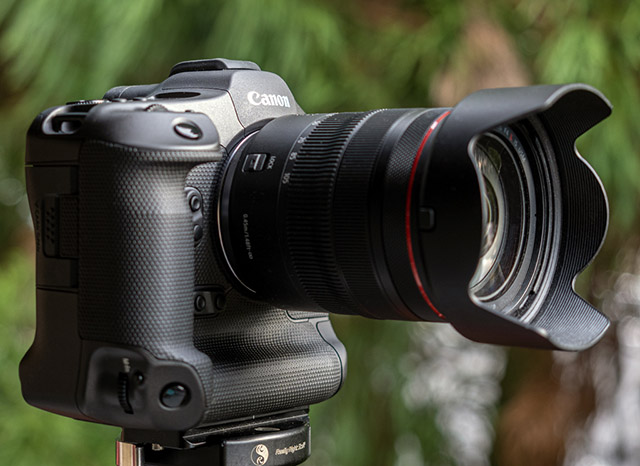
The fast sensor and latest-generation processor allow for up to 30fps burst shoot with little to no rolling shutter. There's also a range of AI-backed subject-detection options, including vehicle detection as well as birds and animals, which in our testing, worked very well with excellent precision and accuracy. The Canon R3 is a performance powerhouse. The 30fps burst shooting works as advertised, and the ability to shoot completely silently at the same time is a fantastic feature for wildlife, sports and press photographers. Buffer depths are deep, clearing times are swift. In pretty much every scenario, the camera is fast and nimble and performs as a $6000 professional-class Canon camera should.
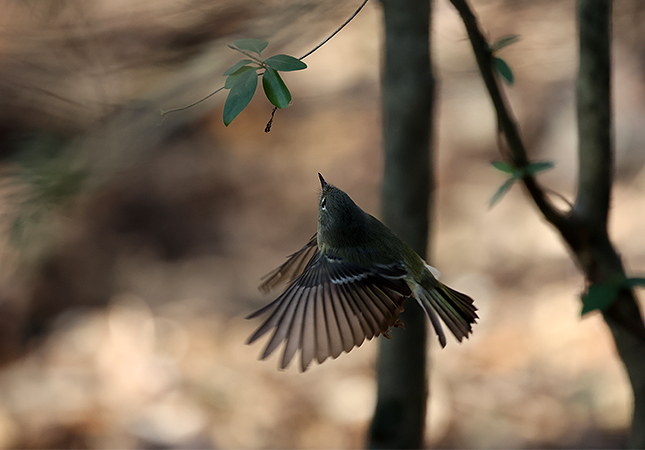
The build quality is also top-notch. We can't ignore that. This is a tool, first and foremost, and it's designed to take a beating. The ergonomics are fantastic, making the R3 one of the most comfortable cameras we've used in a long time. The gripped design makes this a wonderful camera to use with telephoto glass. As we said in our review, from a stills photographer's perspective, the Canon EOS R3 is one of the best Canon cameras on the market.
More info: Hands-on Review / Gallery / Lab images
Buy now: Adorama, Amazon and B&H
Try before you buy: Lensrentals
Best Medium-format Camera: Hasselblad X2D 100C
Sure, the Hasselblad X2D 100C wins this category by default, as the only medium-format digital camera to launch this year, but that doesn't mean it's not a deserving winner. The X2D 100C introduces some key improvements to the X System, bringing the X2D in line with the features Fujifilm added to its GFX system with the GFX 100 and GFX 100S. These include a 100-megapixel backside-illuminated CMOS image sensor with phase-detect autofocus and in-body image stabilization.
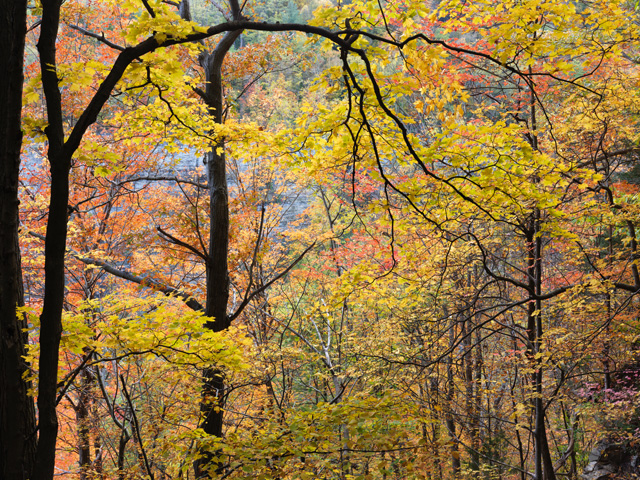
The X2D 100C is simply a GFX 100S with Hasselblad branding, however, as the two cameras employ significantly different approaches to photography. While the GFX series tries to deliver a DSLR-like experience with a medium-format image sensor, the X2D 100C focuses instead on delivering a very sleek, intuitive, still photo-exclusive user experience. The X2D 100C uses a large 3.6-inch tilting touchscreen, offers minimal physical controls, and is built from a single block of milled aluminum. It's extremely stylish, and the user experience is quite unlike anything else on the market.
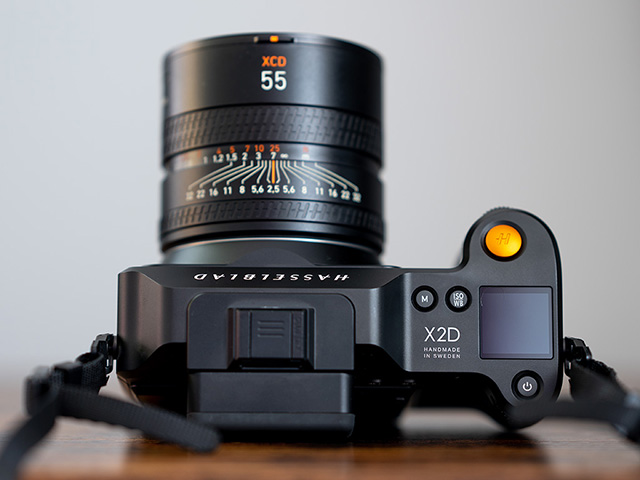
It's a great user experience, too, thanks in large part to Hasselblad's incredible raw processing engine and phenomenal lenses. While the autofocus, which is definitely better than the outgoing contrast-detection-based system, is still a bit sluggish, the camera is quite easy to use thanks to the intuitive touchscreen menu and controls, and the new 5-axis IBIS system, which is rated for a very impressive seven stops. The 100-megapixel image sensor, the same as the one in the GFX 100(S), has been tuned specifically to Hasselblad's preference and delivers outstanding image quality that delivers a sharp, natural appearance with accurate colors.
The Hasselblad X2D 100C may not have had any competition this year, but it still stands among the all-time greats in the medium-format space. It's a special camera.
More info: Hands-on Review / Gallery
Buy now: Adorama, Amazon and B&H
Try before you buy: Lensrentals
Honorary Mention: Phase One XT and Phase One IQ4 150MP Achromatic digital back
The Hasselblad X2D 100C may have been the only new medium-format camera released this year, but it wasn't the only medium-format camera we reviewed. We also went hands-on with the Phase One XT field camera and the IQ4 150MP Achromatic digital back. Neither product is new in 2022, so it can't win an award this year. However, it still deserves mention.
The Phase One XT is a field camera with built-in dials to adjust the focal plane along the X and Y axis. This allows you to dramatically change the framing of your shot and keep lines straighter. It's great for architectural photography, but we tested it primarily for landscape photography. It is a field camera, after all. The XT body itself is no frills and offers an almost entirely manual photography experience, which feels a bit out of place in 2022 but is immensely rewarding.
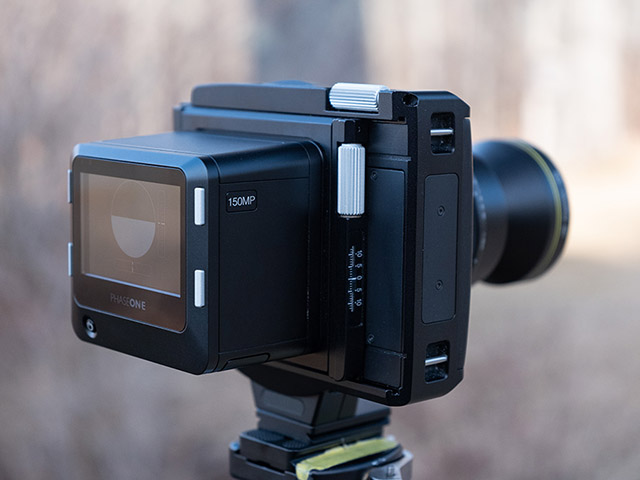
Paired to the XT, we used an IQ4 150MP Achromatic digital back. The name gives away its special feature – no chrominance. That's different than a regular black-and-white camera mode, which is just a desaturated image. The Achromatic back simply doesn't capture color data at all, it *only* records luminance information from the photons striking the sensor. Unlike nearly every other image sensor, the IQ4 150MP Achromatic lacks the color filter that gives your photos their typical color.

You may not expect this relatively minor change has a dramatic impact on the quality of monochromatic photography, but it does. Using the Phase One XT and Achromatic sensor was an absolute blast, and the 150-megapixel sensor delivers the absolute best image quality we've ever seen. So, while the Phase One XT doesn't get an official award, it definitely deserves a shout-out.
More info: Hands-on Review / Gallery
• • •
Imaging Resource Camera of the Year 2022: